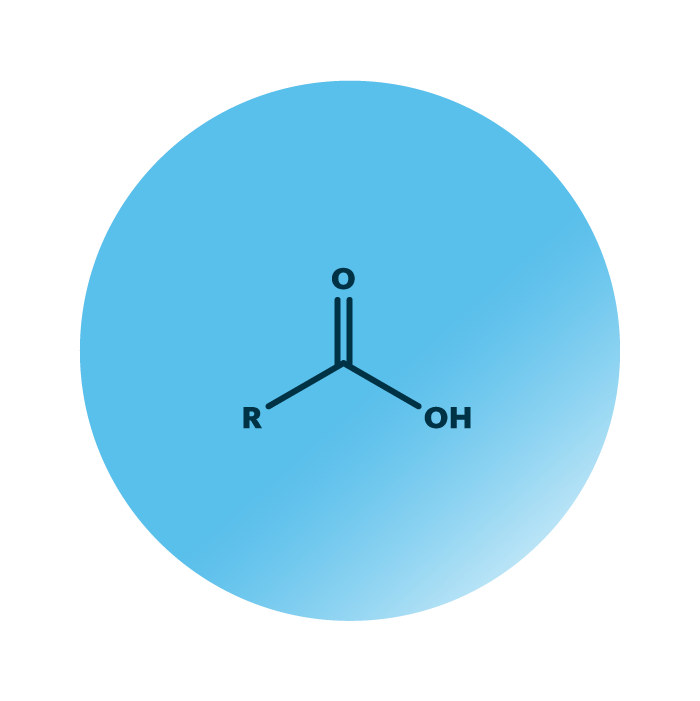Structure. Fatty acids belong to the fatty acyls. Their structure consists of a hydrocarbon chain of variable length with a carboxyl group. The hydrocarbon chain of fatty acids may further contain multiple double bonds, it can be branched or linear, and may feature oxygen containing substituents, such as hydroxyl groups or further carboxyl groups.
Function. Fatty acids are present in all living organisms. Fatty acids can be in free form (free fatty acids, FFA) or linked to complex lipids such as phospholipids. They serve as major building blocks of lipids and thus the precise composition of their hydrocarbon chain fundamentally impacts numerous biological processes. In general, fatty acids serve as the main fuel for cellular energy and are an essential element of animal diet.
Linear fatty acids (LiFA) are particularly important as precursors to many further lipids. The balance of saturated fatty acids (SFA) and unsaturated fatty acids (UFA) attached to membrane lipids profoundly impacts biophysical properties of the plasma membrane. Further, many individual fatty acid lipids, for example some medium chain fatty acid species (MCFA), have been discovered to possess signaling functions.



